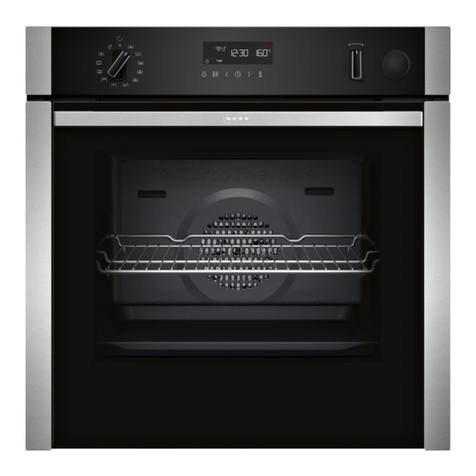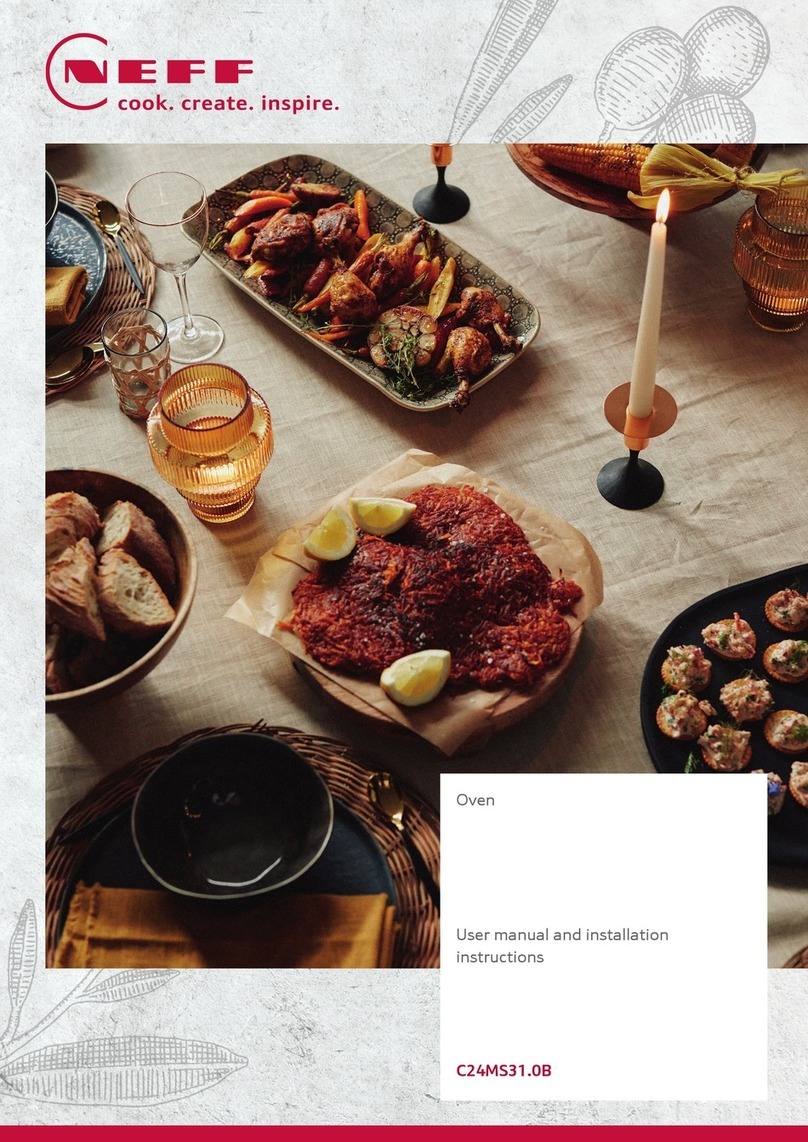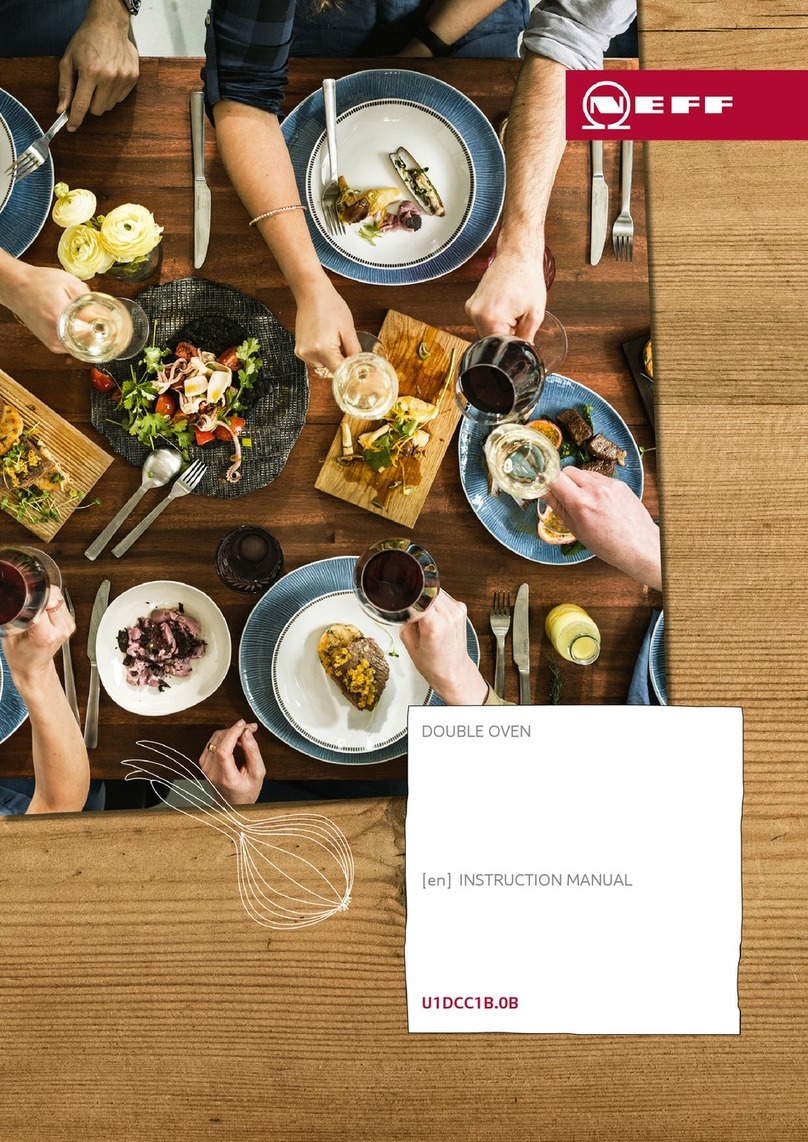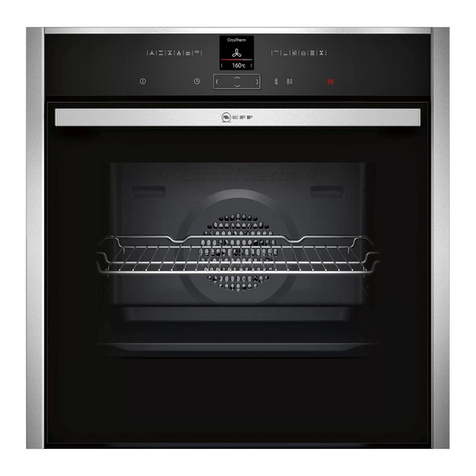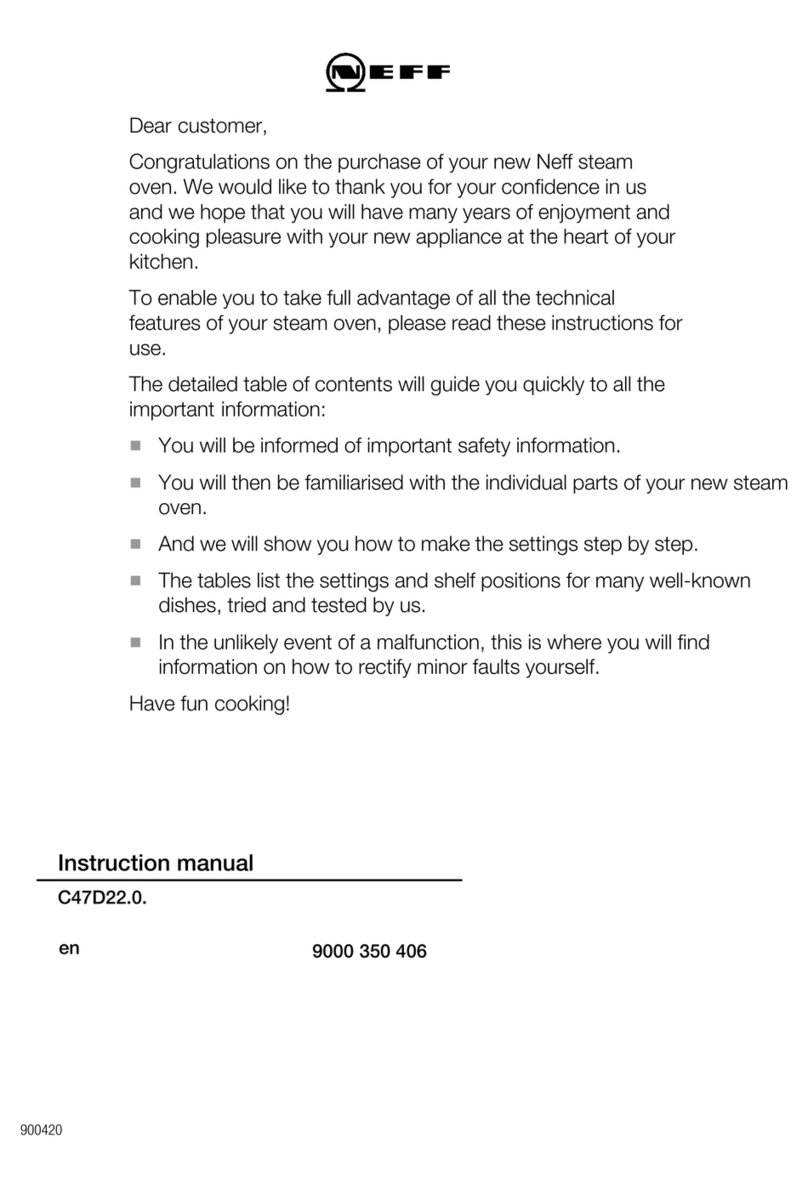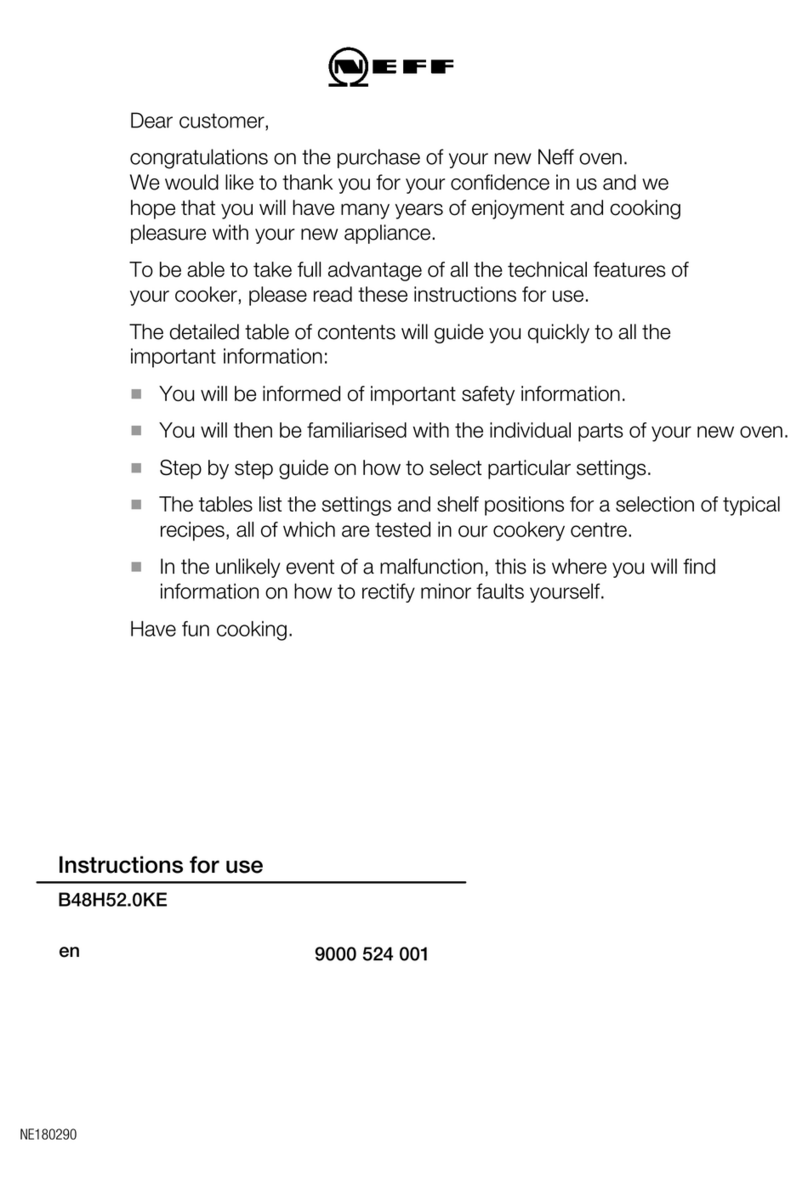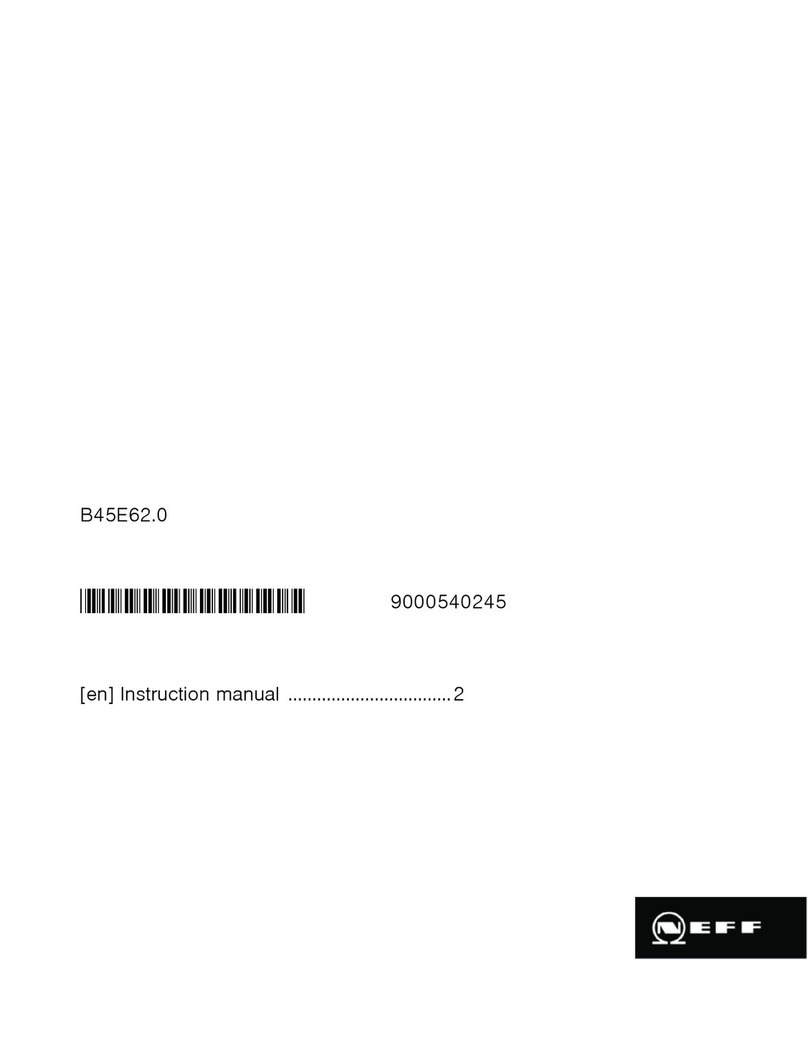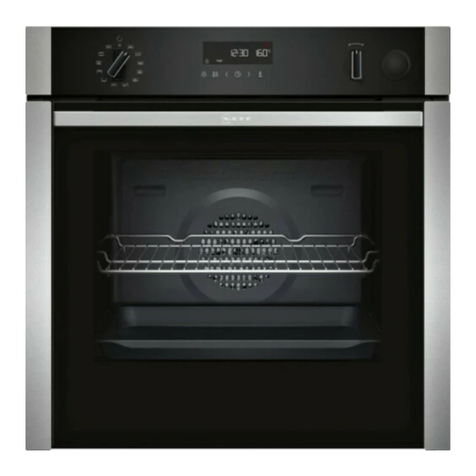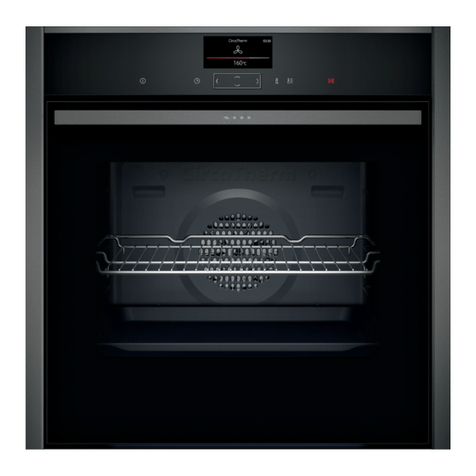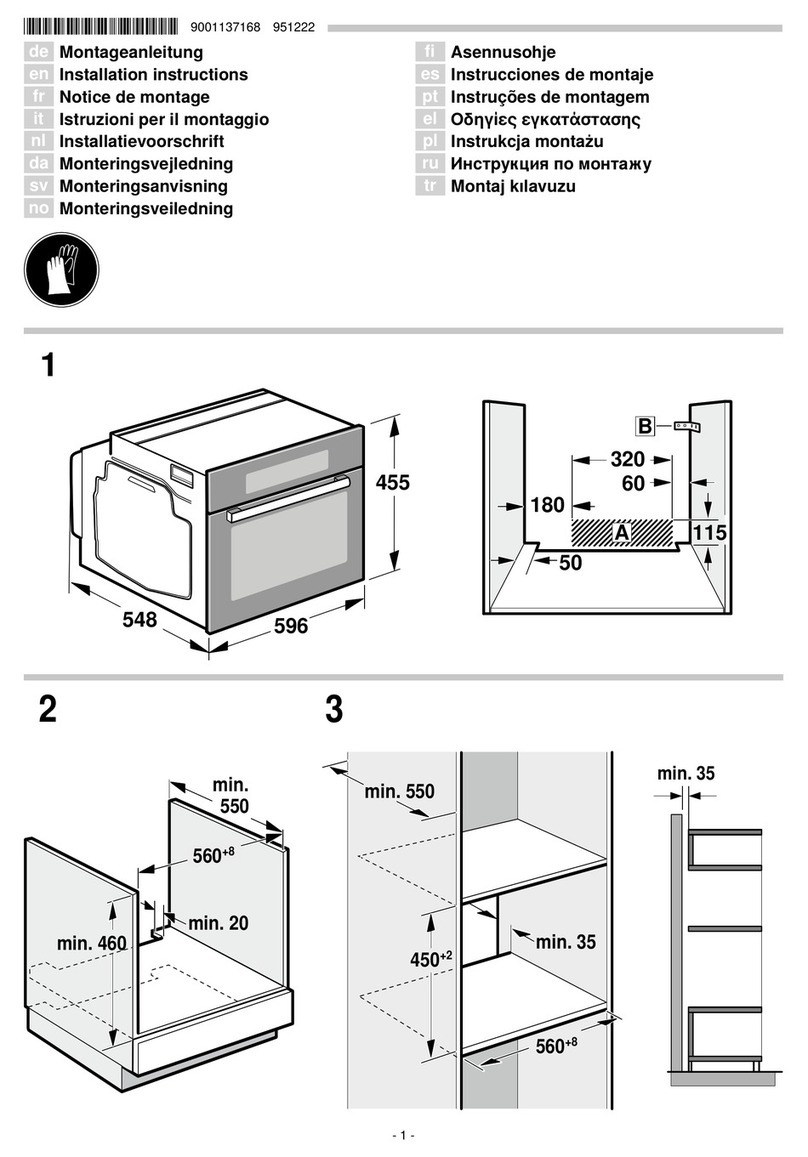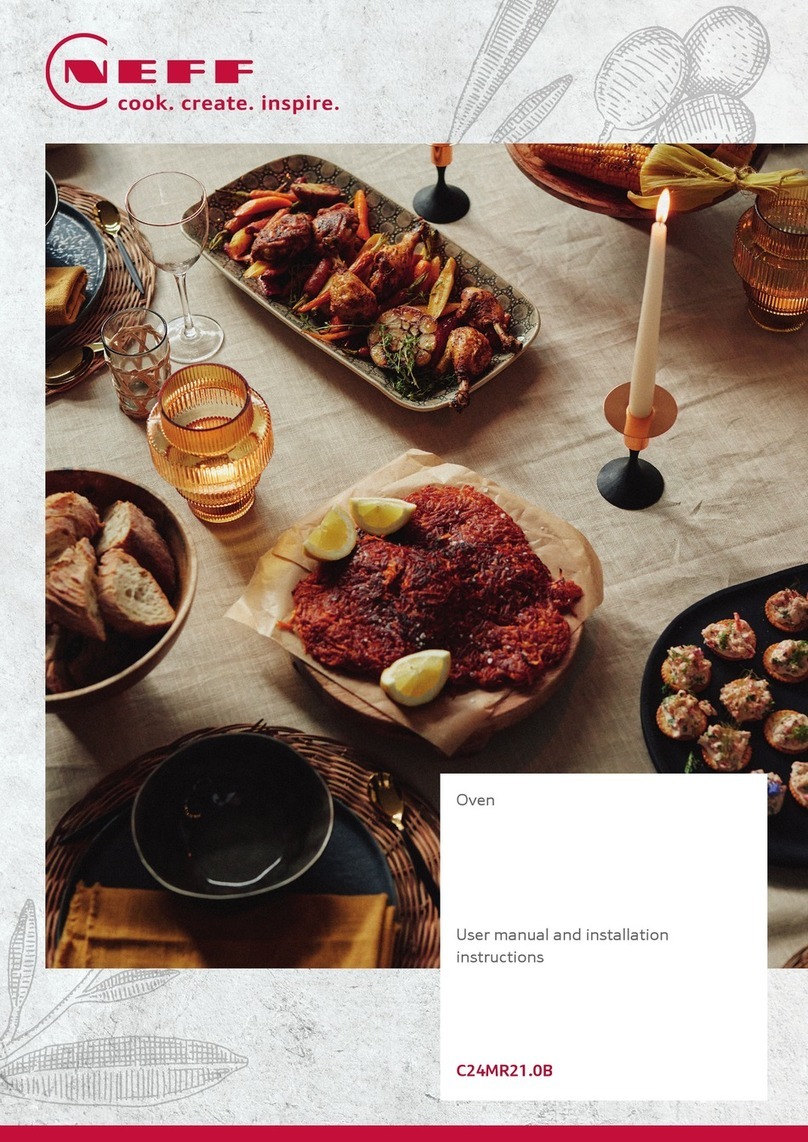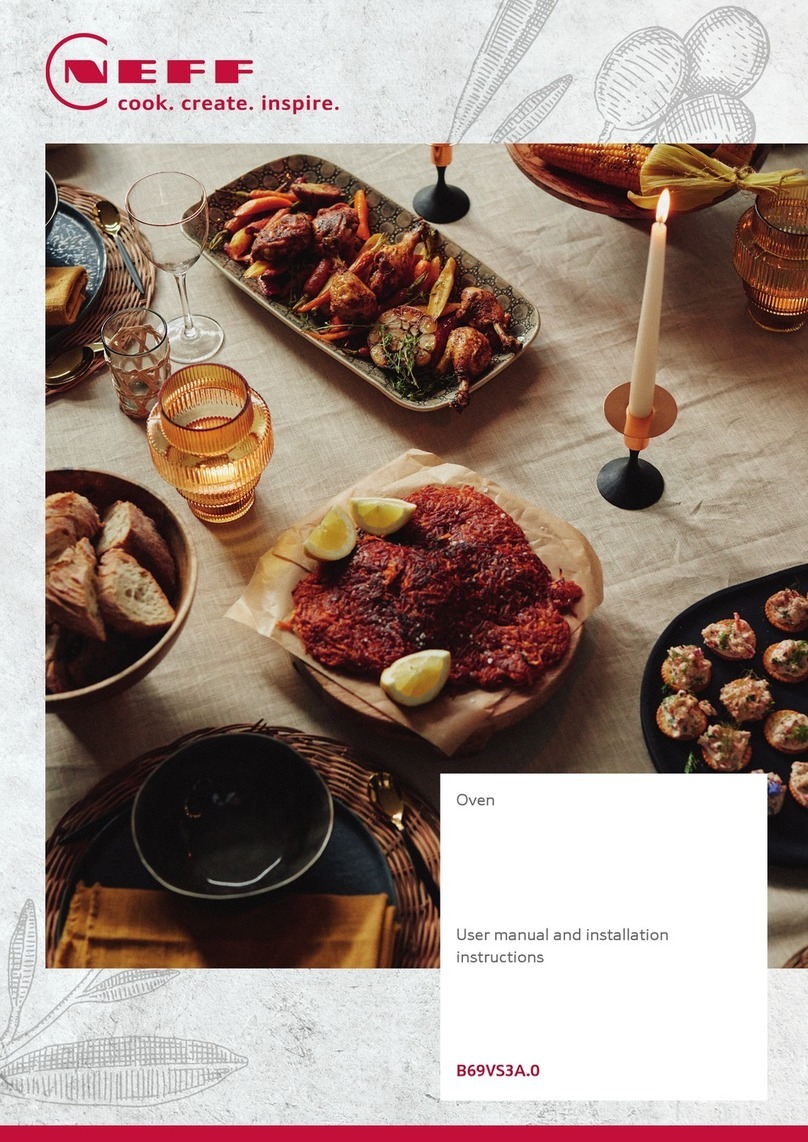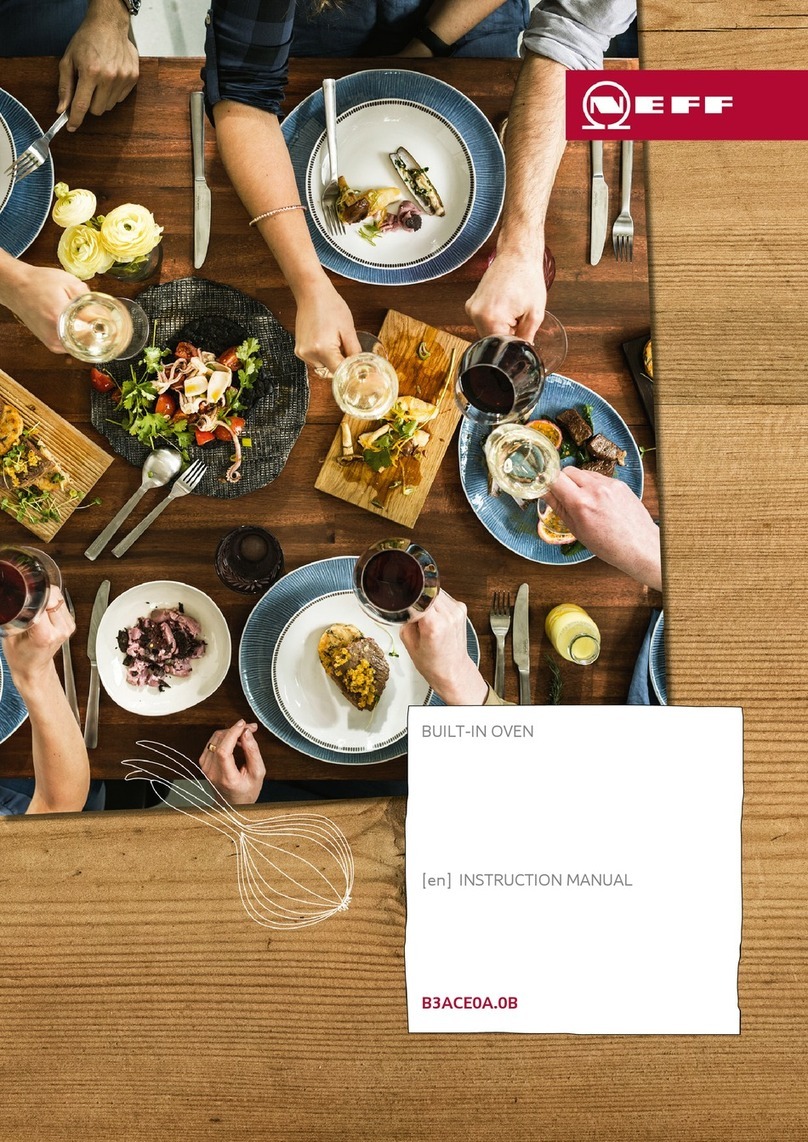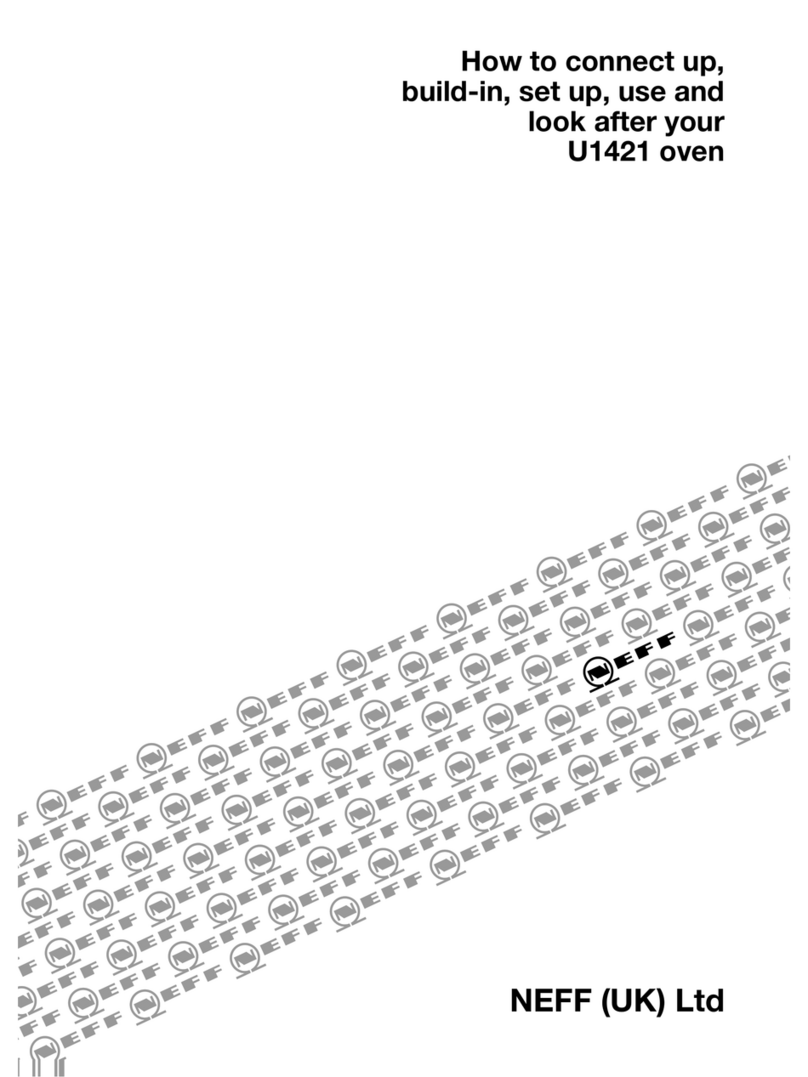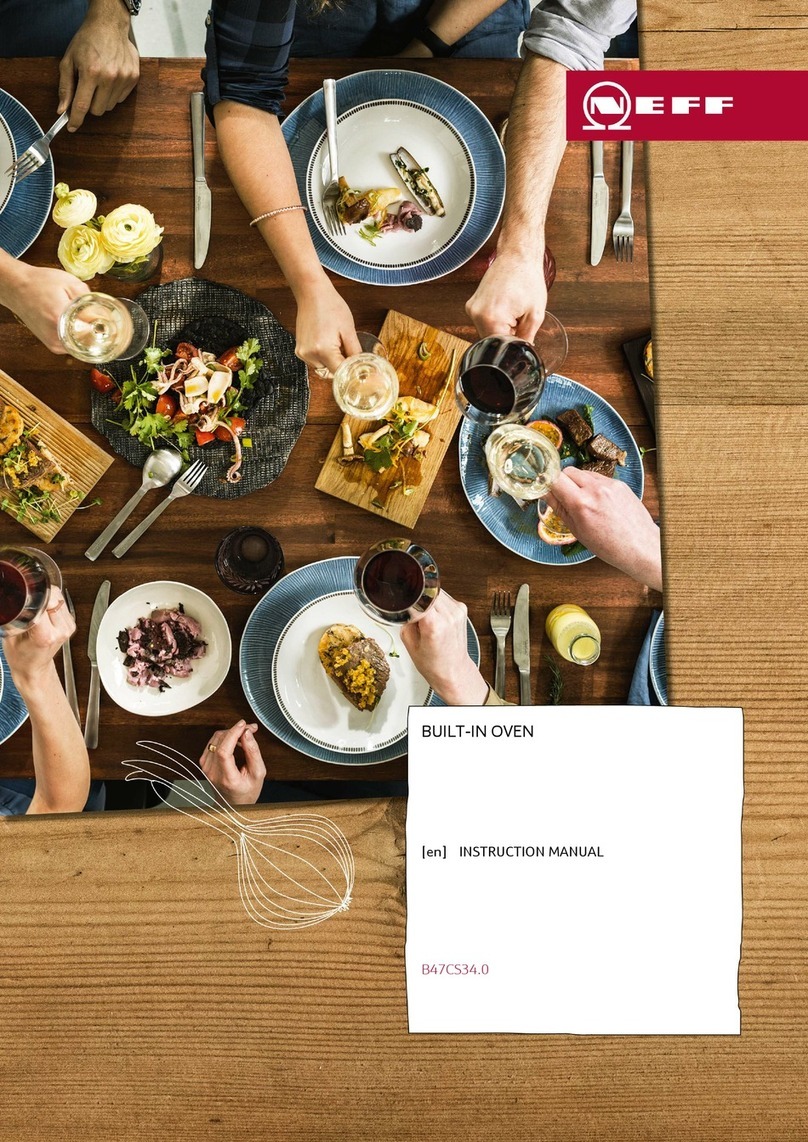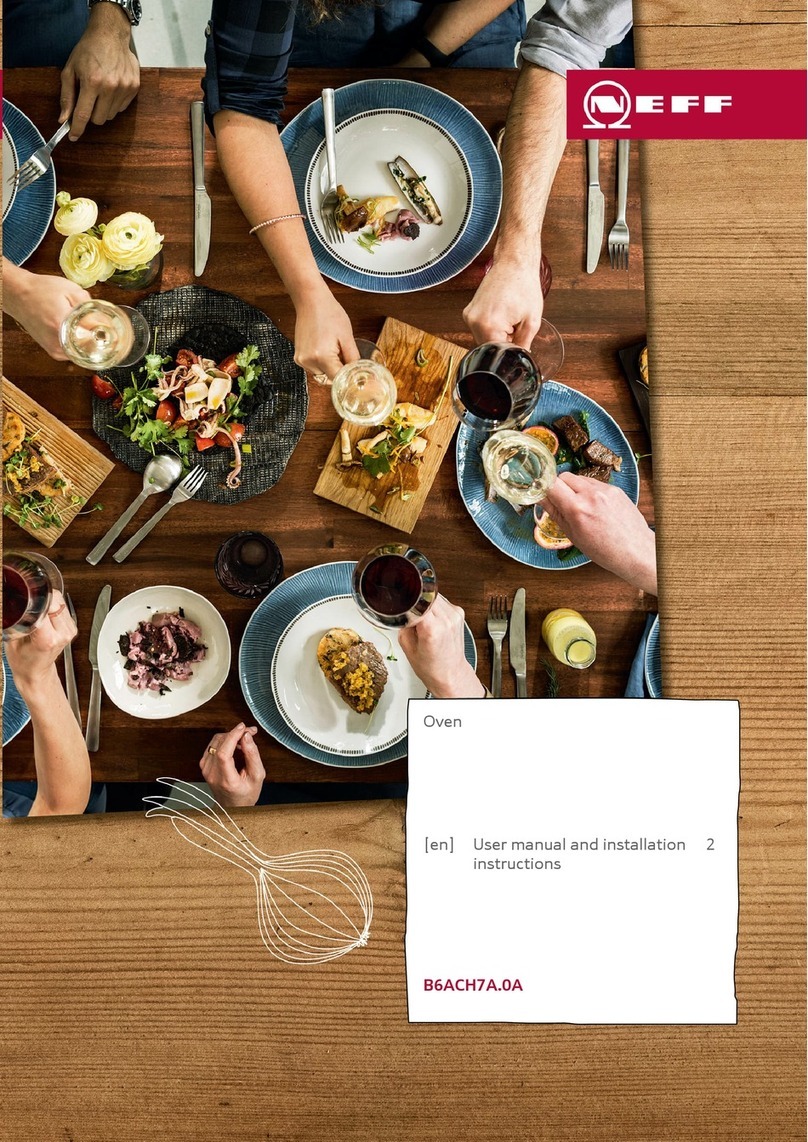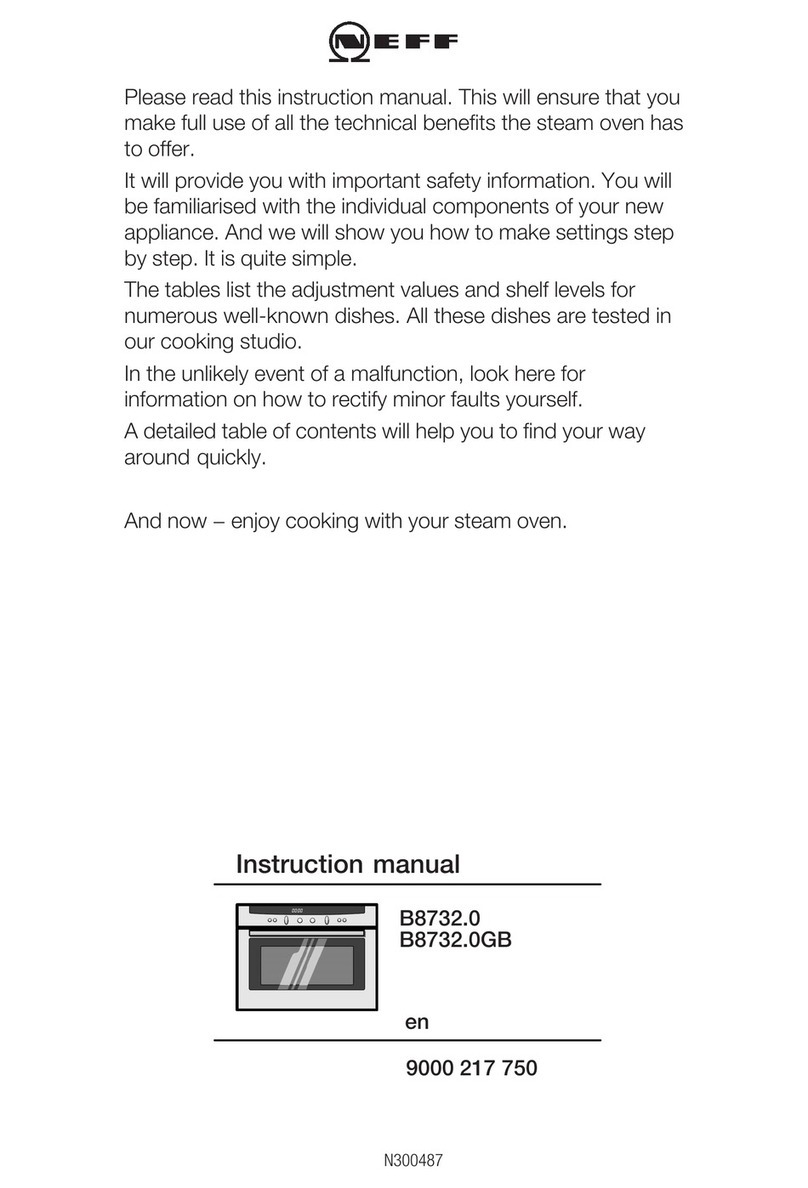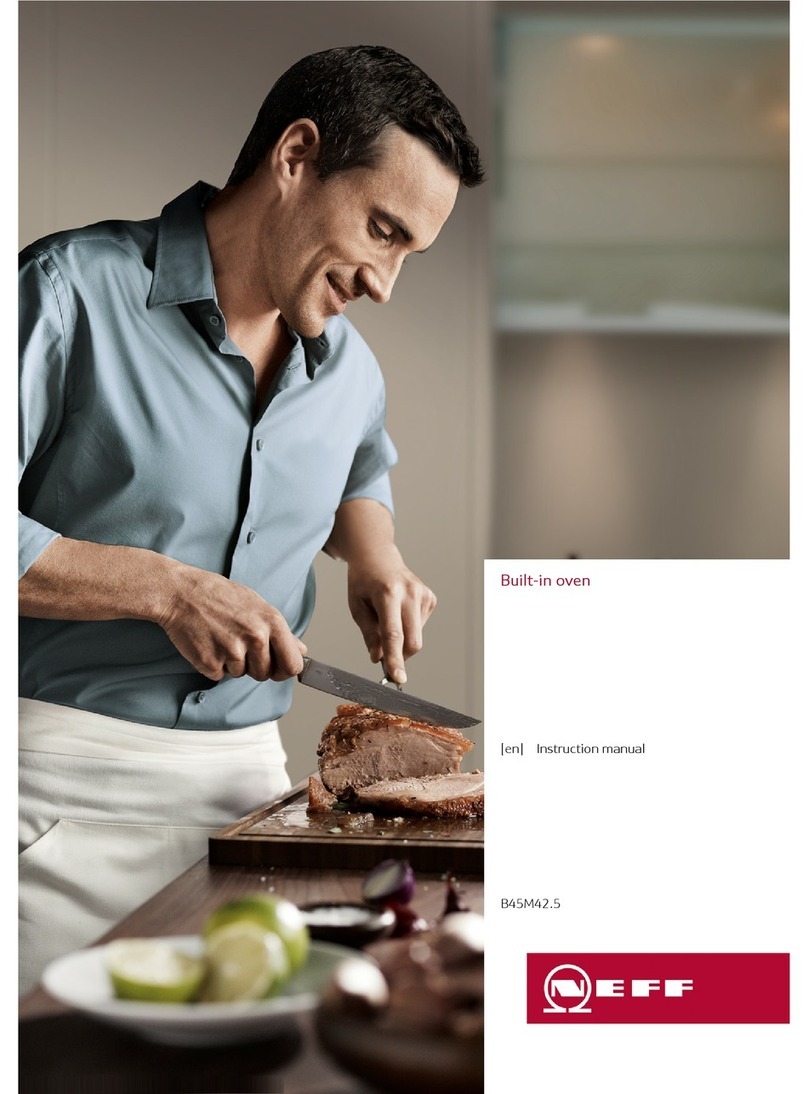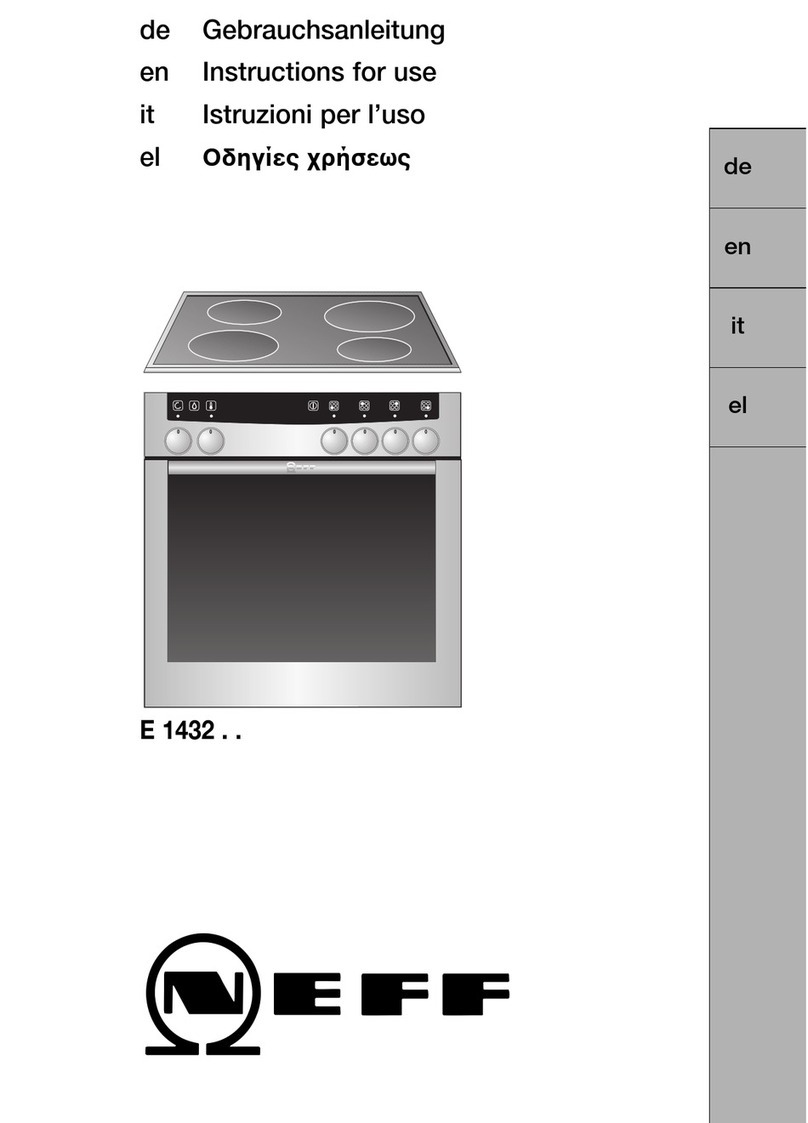
3
Table of contents
[en]Instructionmanual
Important safety information..................................................... 4
Causes of damage .............................................................................5
Energy and environment tips .................................................... 5
Saving energy......................................................................................5
Environmentally-friendly disposal.....................................................5
Your new appliance .................................................................... 6
Control panel .......................................................................................6
Operating modes ................................................................................6
Your accessories........................................................................7
Accessories .........................................................................................7
Inserting accessories .........................................................................7
Shelf positions .....................................................................................7
Optional accessories .........................................................................7
Before using the appliance for the first time ........................... 8
Setting the clock .................................................................................8
Cleaning the appliance ......................................................................8
Operating the appliance ............................................................ 8
Switching on the appliance...............................................................8
Switching off the appliance...............................................................9
Changing the basic settings .............................................................9
Automatic safety cut-out ....................................................................9
Electronic clock ........................................................................ 10
Clock display .................................................................................... 10
Timer .................................................................................................. 10
Cooking time .................................................................................... 11
End of operation .............................................................................. 11
Preset operation............................................................................... 11
Setting the clock .............................................................................. 11
Rapid heat up ................................................................................... 12
Checking, correcting or deleting settings ................................... 12
Childproof lock ......................................................................... 12
Lock .................................................................................................... 12
Permanent lock ................................................................................ 12
Baking ....................................................................................... 13
Baking in tins and on trays ............................................................ 13
Baking on two or more levels ....................................................... 13
Baking table for basic doughs/cake mixtures ........................... 13
Baking table for fresh meals and frozen convenience
products............................................................................................. 14
Tips and tricks .................................................................................. 15
Roasting .................................................................................... 16
Open roasting................................................................................... 16
Closed roasting ................................................................................ 16
Roasting table .................................................................................. 16
Tips and tricks .................................................................................. 17
Grilling ....................................................................................... 18
Circo-roasting ................................................................................... 18
Radiant grilling ................................................................................. 18
Low-temperature cooking ....................................................... 20
Using Low-temperature cooking ................................................... 20
Table for Low-temperature cooking ............................................. 20
Tips and tricks .................................................................................. 20
Defrosting ................................................................................. 21
Defrosting with CircoTherm® ........................................................ 21
Defrost................................................................................................ 21
Yoghurt......................................................................................21
Preserve .................................................................................... 21
Cleaning and care .................................................................... 22
Cleaning the appliance exterior .................................................... 22
Cleaning the cooking compartment............................................. 23
Self-cleaning surface....................................................................... 23
EasyClean® ...................................................................................... 23
Removing and fitting the appliance door.................................... 24
Cleaning the door panels............................................................... 24
Cleaning the cooking compartment ceiling................................ 25
Cleaning the hook-in racks ............................................................ 25
Faults and repairs .................................................................... 26
Replacing the oven light bulb ....................................................... 27
Changing the door seal.................................................................. 27
After-sales service ................................................................... 27
E number and FD number ............................................................. 27
Test dishes................................................................................ 28
Produktinfo
Additional information on products, accessories, replacement
parts and services can be found at www.neff-
international.com and in the online shop www.neff-
eshop.com
